Petal Socks
$ 5.99
View this pattern free by becoming a $5 Patreon patron.
See all the patterns available on Patreon.
Cable lovers—this sock pattern is for you!
Knowledge of how to cable without using a cable needle is recommended.
Skill Level
Experienced
Finished Measurements
8” / 20.5 cm foot and leg circumference
Yarn
Fingering weight (CYCA #1 Super Fine): about 330 yards / 302 meters
Shown in: Araucania Ranco Solid (75% wool, 25% nylon; 100 gram hank = approx 376 yards 344 meters):
1 hank 138 Sage
Knitting Needles
Sizes US 1 / 2.5 mm and US 2 / 2.75 mm: set of 4 or 5 double pointed (dpns), or size needed to obtain gauge.
Notions
Split ring or removable stitch markers, cable needle (cn), stitch holder or waste yarn, tapestry needle
Gauge
32 sts and 44 rnds = 4” / 10 cm in Stockinette Stitch with larger needle; 36 sts and 48 rnds = 4” / 10 cm in Leg Patt. Take time to save time, check your gauge.
Notes
- The pattern is written to use dpns, however feel free to use the small cir cumference method most comfortable for you.
- When reading charts, RS rows and all rounds are read from right to left; WS rows are read from left to right. Written instructions for all charts are also included.
- The ribbing is established to align with the leg pattern, with an increase round between them.
- While working the leg pattern, the beginning of the round is shifted one stitch to the left on Rnds 4, 6, 8 and 10 and then one stitch to the right on Rnds 16, 18, 20 and 22. This is so the cables are not interrupted by the beginning of the rounds.
- Two 24-row repeats of the Leg Pattern are shown, however one repeat would make a great ankle-length sock.
- The heel flap is worked (and turned) over 32 of the leg stitches, while the remaining 40 stitches are held for the instep.
- Gusset stitches are picked up and knit along the selvedge edges of the heel flap, then are worked in the round with the instep and heel stitches. Stitches are decreased gradually, then the foot is worked even to the toe.
- A decrease round is worked between the instep pattern and the Stockinette stitch on the toe, then the toe is worked with some decreases and joined using the kitchener stitch.

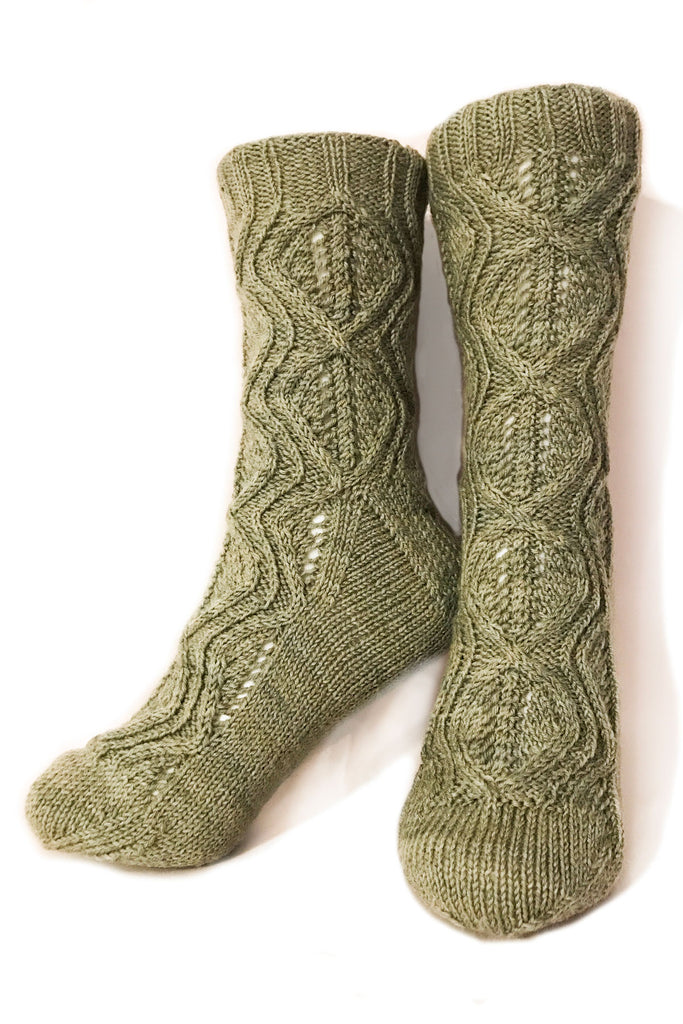

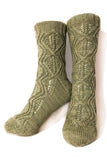
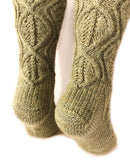
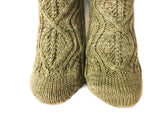
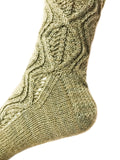
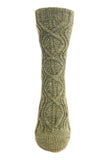
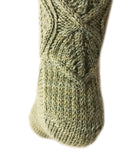
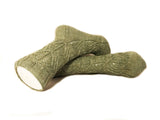





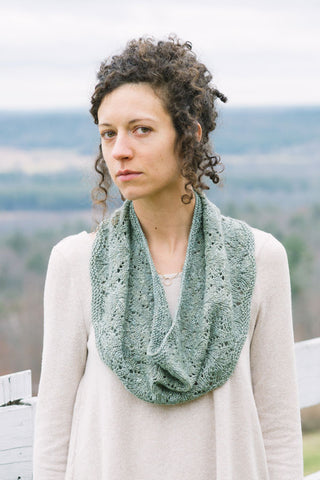
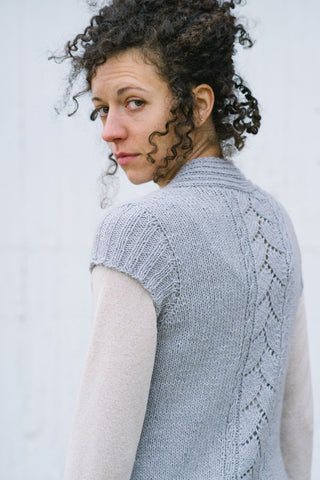
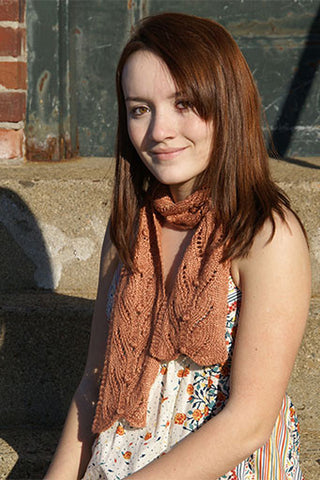



 Nothing will be posted on your behalf.
Nothing will be posted on your behalf.

